-
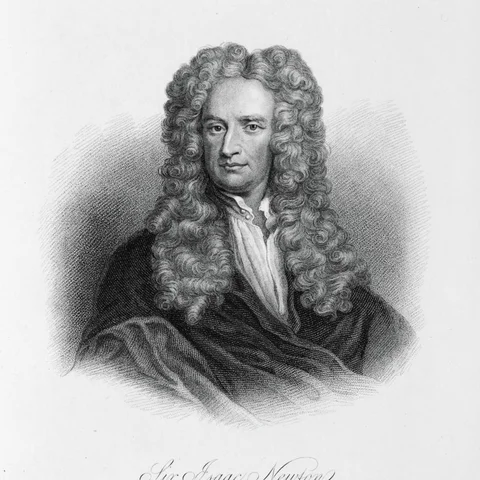 Their atomic theory was that particles are always in motion and matter is eternal. He also suggested that particles come in all shapes/sizes. Notable figures in the Alchemists were Isaac Newton and Paraceleus. Source: HealthResearchFunding.org
Their atomic theory was that particles are always in motion and matter is eternal. He also suggested that particles come in all shapes/sizes. Notable figures in the Alchemists were Isaac Newton and Paraceleus. Source: HealthResearchFunding.org -
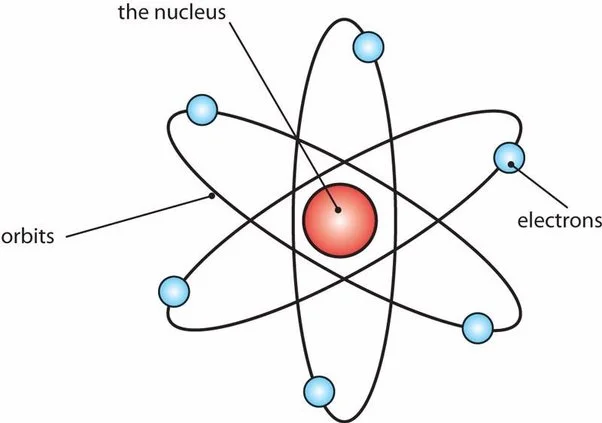 He theorized that atoms are very small, indestructible, and separated by pure void. He formulated the idea of an atomic theory. Source: CK12.org
He theorized that atoms are very small, indestructible, and separated by pure void. He formulated the idea of an atomic theory. Source: CK12.org -
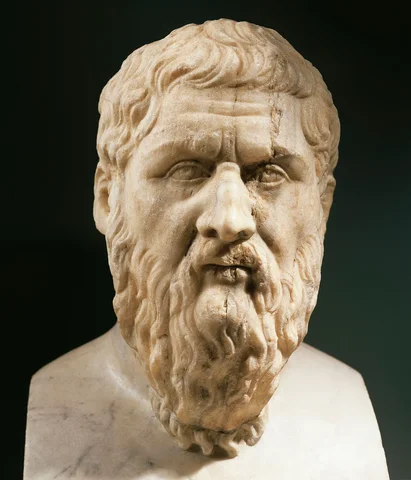 He theorized that all solid matter is composed of individual shaped like triangles. He was also a philosopher. Source: Thecollector.com
He theorized that all solid matter is composed of individual shaped like triangles. He was also a philosopher. Source: Thecollector.com -
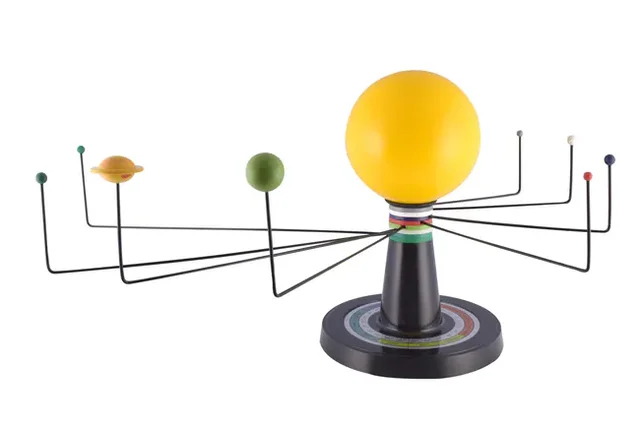 Copernicus came up with the solar system model. It can represent the Sun being the center of the system, or that the Nucleus is the center of the atom. Source: Google.com
Copernicus came up with the solar system model. It can represent the Sun being the center of the system, or that the Nucleus is the center of the atom. Source: Google.com -
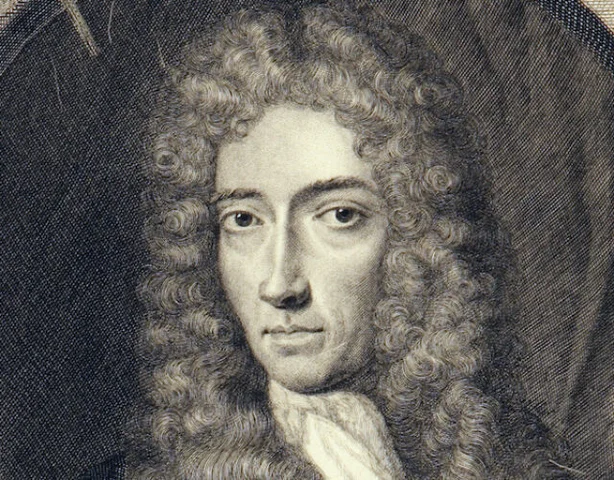 All matter was composed of tiny particles that he called corpuscles. Also, he can be known as one of the founders of modern chemistry. Source: Google.com
All matter was composed of tiny particles that he called corpuscles. Also, he can be known as one of the founders of modern chemistry. Source: Google.com -
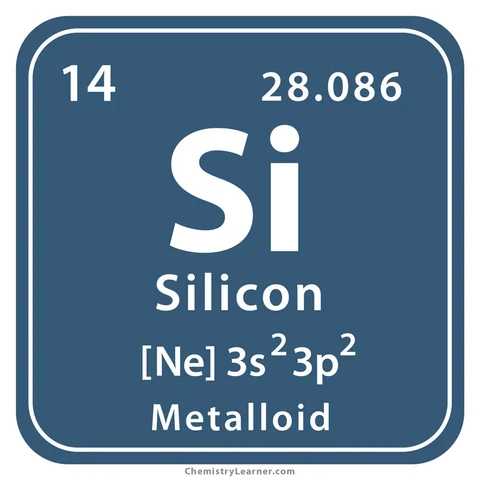 He theorized that matter was composed of atoms that weren't created or destroyed during chemical reactions. He is also the founder of the elements of oxygen and silicon. Source: PurdueUniversity.org
He theorized that matter was composed of atoms that weren't created or destroyed during chemical reactions. He is also the founder of the elements of oxygen and silicon. Source: PurdueUniversity.org -
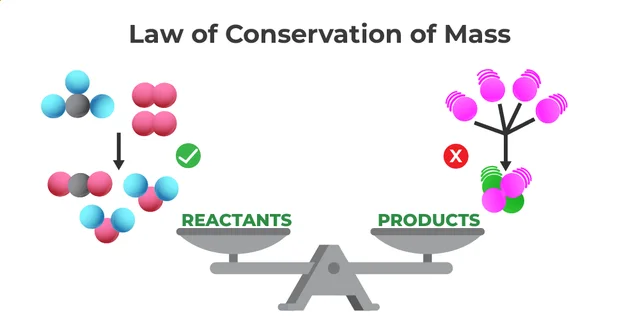 He based his theory off of the law of conservation of mass and the law of constant composition. He also researched color blindness, which he had. Source: KhanAcademy.com
He based his theory off of the law of conservation of mass and the law of constant composition. He also researched color blindness, which he had. Source: KhanAcademy.com -
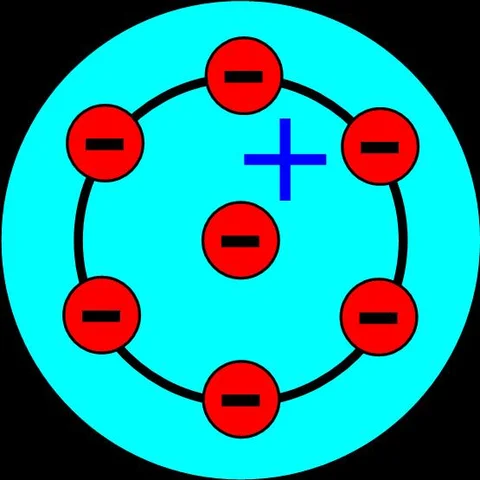 He also came up with the Billiard ball model. The model represents the atoms which he believed they could look, at the time. Source: Britannica.com
He also came up with the Billiard ball model. The model represents the atoms which he believed they could look, at the time. Source: Britannica.com -
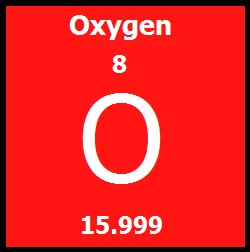 He discovered that elementary gases were composed of two atoms such as Hydrogen and Oxygen. He also came up with Amadeo's Law. Source: Wikipedia.com
He discovered that elementary gases were composed of two atoms such as Hydrogen and Oxygen. He also came up with Amadeo's Law. Source: Wikipedia.com -
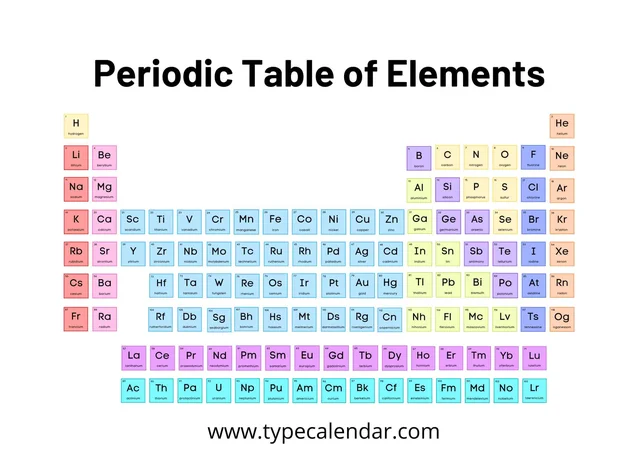 He created the Periodic Table of Elements. His nickname was, "Father of the Periodic Table". Source: Google.com
He created the Periodic Table of Elements. His nickname was, "Father of the Periodic Table". Source: Google.com -
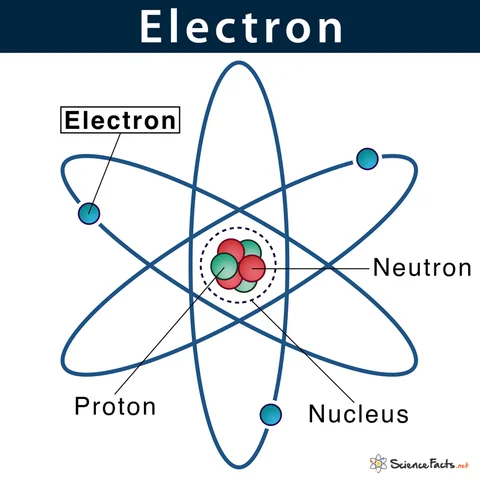 He discovered the electron through his Cathode Ray Tube experiment. His most famous experiment was the CRT. Source: Britannica.com
He discovered the electron through his Cathode Ray Tube experiment. His most famous experiment was the CRT. Source: Britannica.com -
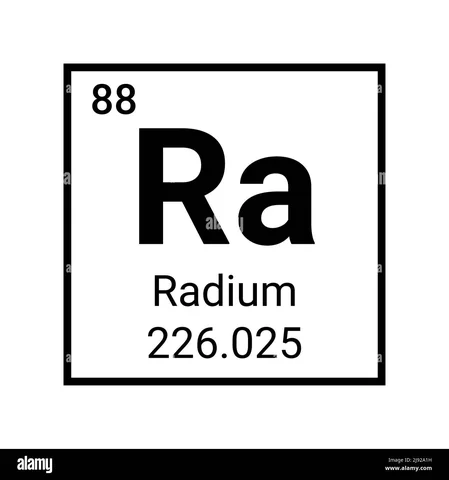 Discovered a few new elements, such as Polonium and radium, using radioactivity. They were awarded the Nobel Prize in 1903 for Physics. Source: Britannica.com
Discovered a few new elements, such as Polonium and radium, using radioactivity. They were awarded the Nobel Prize in 1903 for Physics. Source: Britannica.com -
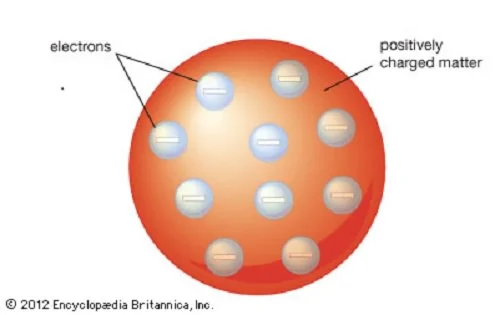 He also came with the Plum Muddling model. The model can show the negatively charged electrons. Source: Wikipedia.com
He also came with the Plum Muddling model. The model can show the negatively charged electrons. Source: Wikipedia.com -
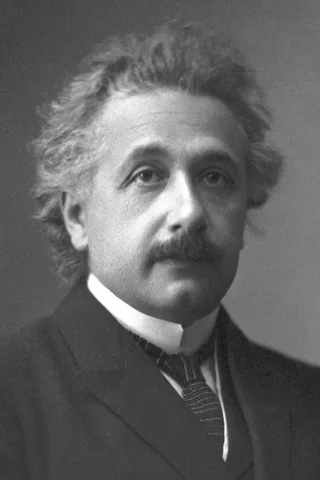 He proved the existence of the atom by the movement of liquid molecules. He is known as one of the most influential scientists of all time. Source: CK12.org
He proved the existence of the atom by the movement of liquid molecules. He is known as one of the most influential scientists of all time. Source: CK12.org -
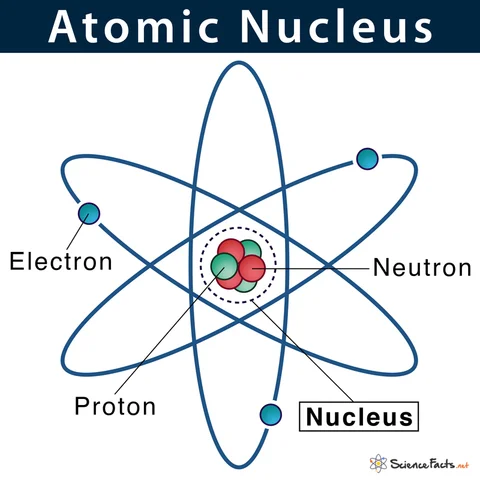 He found that atoms have small nuclei at their center and most atoms volumes have empty space. He is known as the "Father of Nuclear Physics". Source: Google.com
He found that atoms have small nuclei at their center and most atoms volumes have empty space. He is known as the "Father of Nuclear Physics". Source: Google.com -
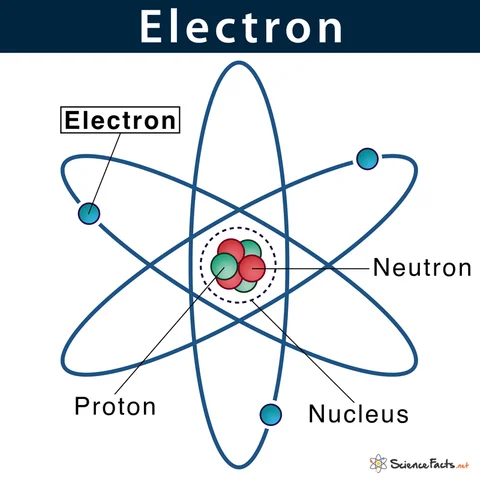 He discovered the elementary charge of an electron using the oil drop experiment. He also won a Nobel prize in 1923 for Physics. Source: Google.com
He discovered the elementary charge of an electron using the oil drop experiment. He also won a Nobel prize in 1923 for Physics. Source: Google.com -
 He suggested that electrons orbit around the nucleus, but in certain patterns. He also received the Nobel Prize for Physics in 1922. Source: Google.com
He suggested that electrons orbit around the nucleus, but in certain patterns. He also received the Nobel Prize for Physics in 1922. Source: Google.com -
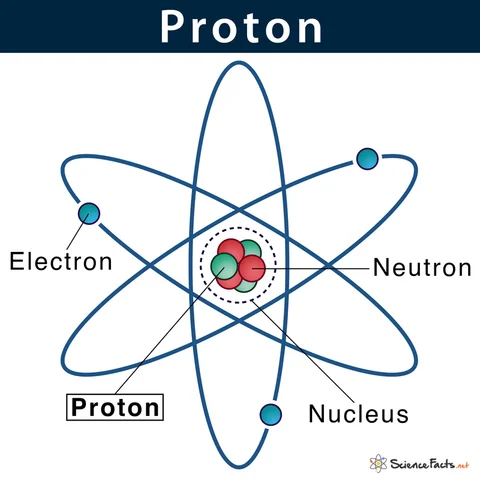 He helped arrange elements with the concept of how many protons an element has, or its atomic number. Source: Google.com
He helped arrange elements with the concept of how many protons an element has, or its atomic number. Source: Google.com -
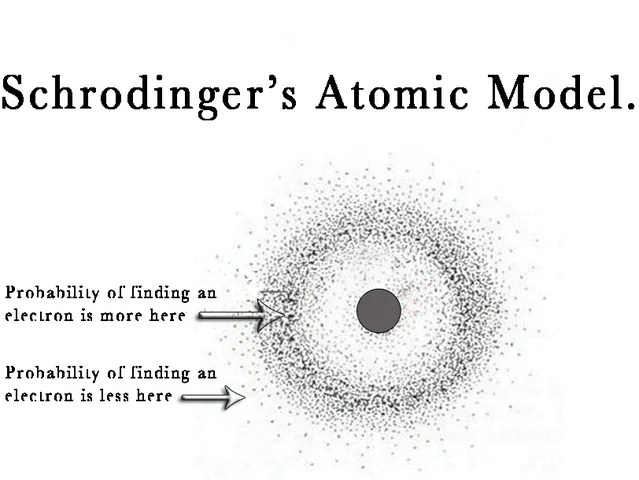 He developed an equation to find the behavior of electrons in atoms around the atomic nucleus. He also won the Nobel Prize in 1933 for Physics. Source: Britannica.com
He developed an equation to find the behavior of electrons in atoms around the atomic nucleus. He also won the Nobel Prize in 1933 for Physics. Source: Britannica.com -
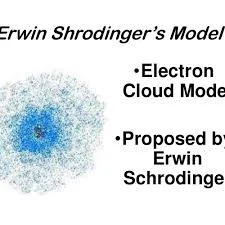 He also came up with the electron cloud model. The model shows for visualizing the electrons in an atom. Source: Google.com
He also came up with the electron cloud model. The model shows for visualizing the electrons in an atom. Source: Google.com -
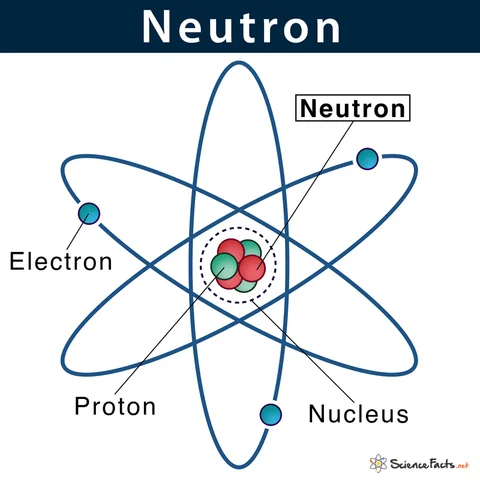 He discovered the neutron, helping define the picture of an atom better. He also wrote the final draft of the MAUD report. Source: Nobelprize.org
He discovered the neutron, helping define the picture of an atom better. He also wrote the final draft of the MAUD report. Source: Nobelprize.org